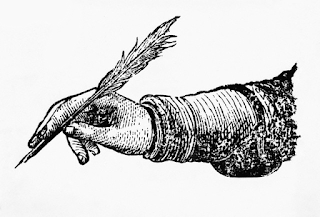Frozen in place were at least a dozen embryos of the Triceratops relative Protoceratops. But “something weird” was going on, says the paleontologist, who works at the American Museum of Natural History. It was as if the tiny dinosaurs were curled up inside invisible eggs. In the rock immediately surrounding each miniskeleton was an enigmatic white halo. Now, more than 10 years later, he and colleagues say they have solved the mystery: The dinosaurs had laid soft-shelled eggs.
Their new study of the Protoceratops clutch helps explain why dinosaur eggs are relatively rare—many laid soft-shelled eggs that were unlikely to fossilize. Their work may also have implications for how dinosaurs grew and tended their young. And a second study in Naturesuggests large marine predators called mosasaurs went soft at breeding time, too.
... Norell and molecular paleobiologist Jasmina Wiemann at Yale University analyzed two clutches of fossil dinosaur eggs—that of the 75-million-year-old Protoceratops from Mongolia, and a clutch laid about 215 million years ago by Mussaurus, a relative of long-necked giants like Diplodocus.
Continue reading @ Science Magazine.






No comments